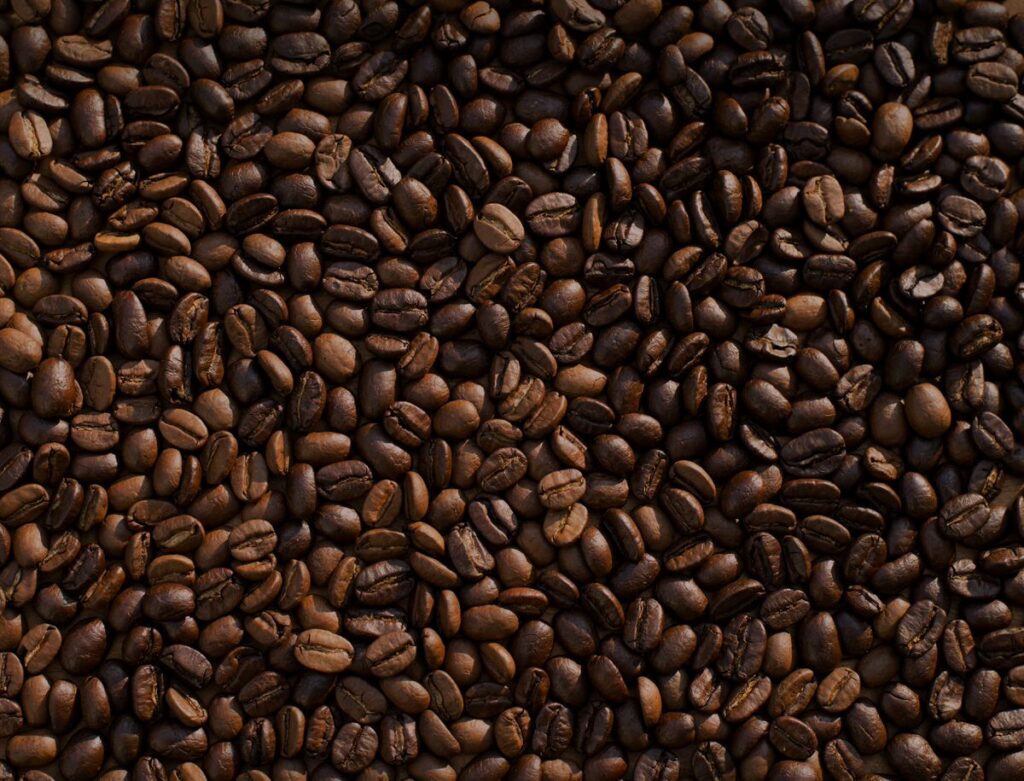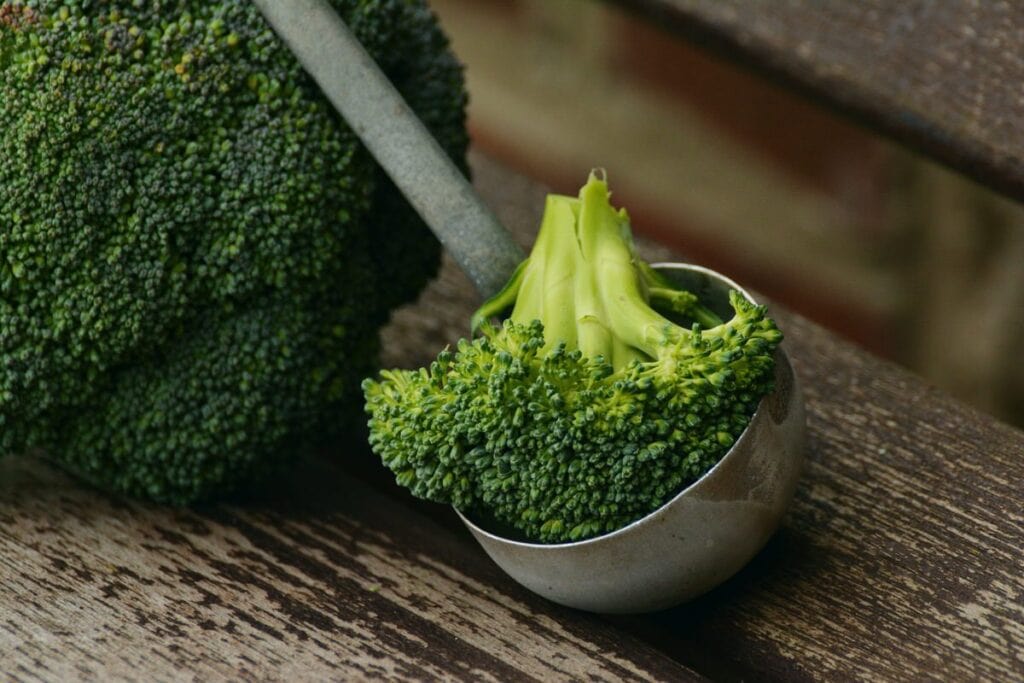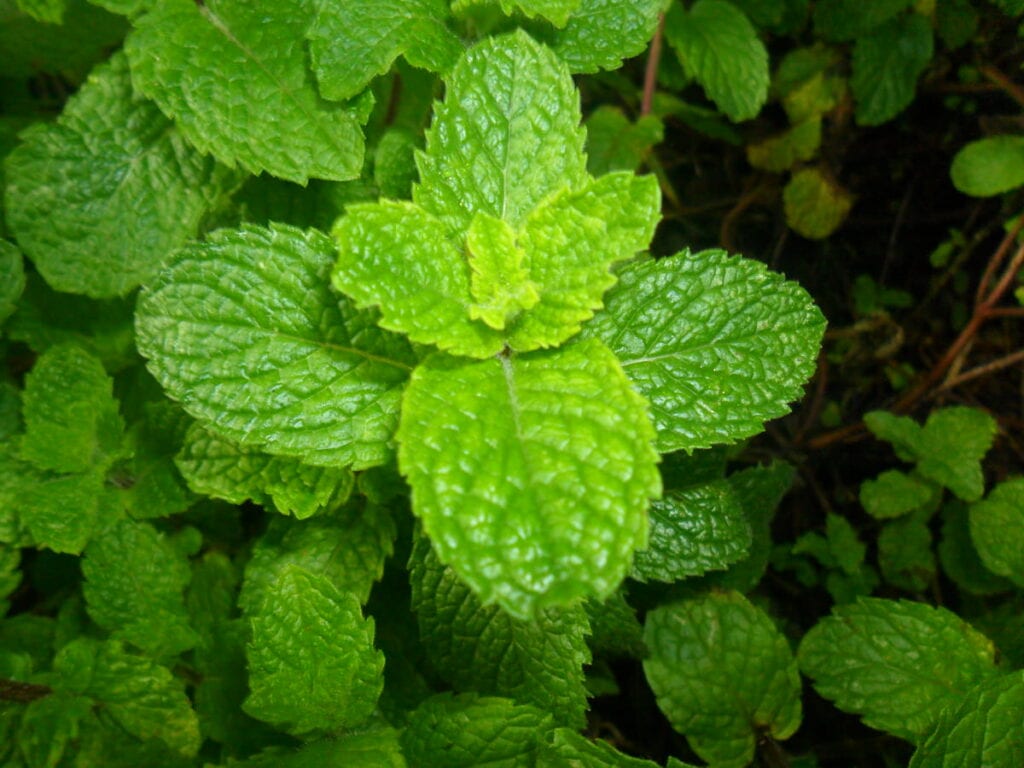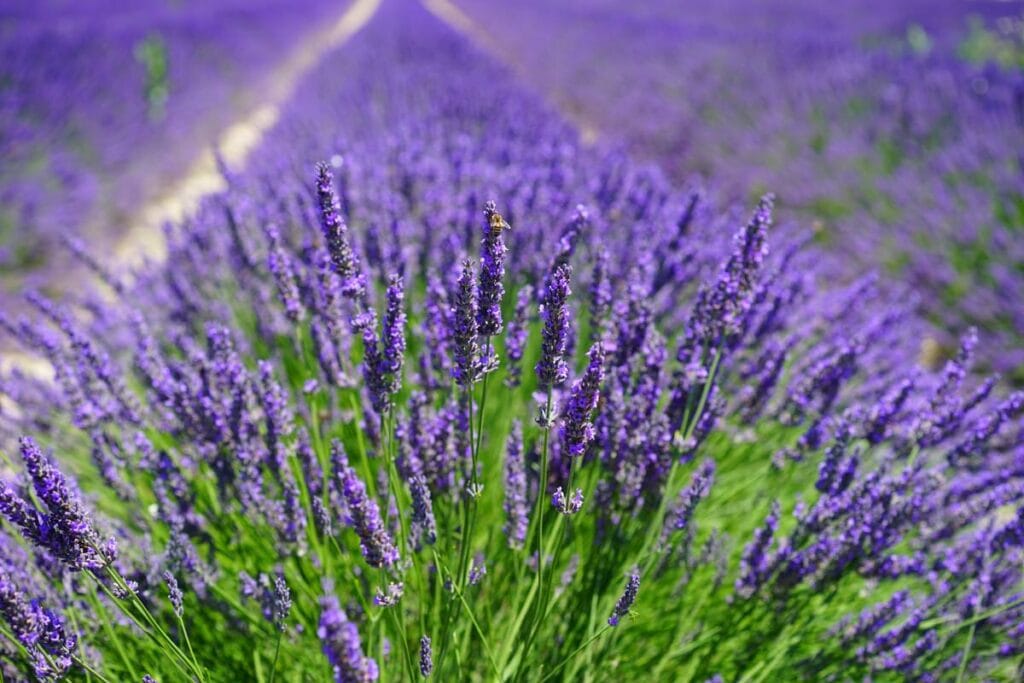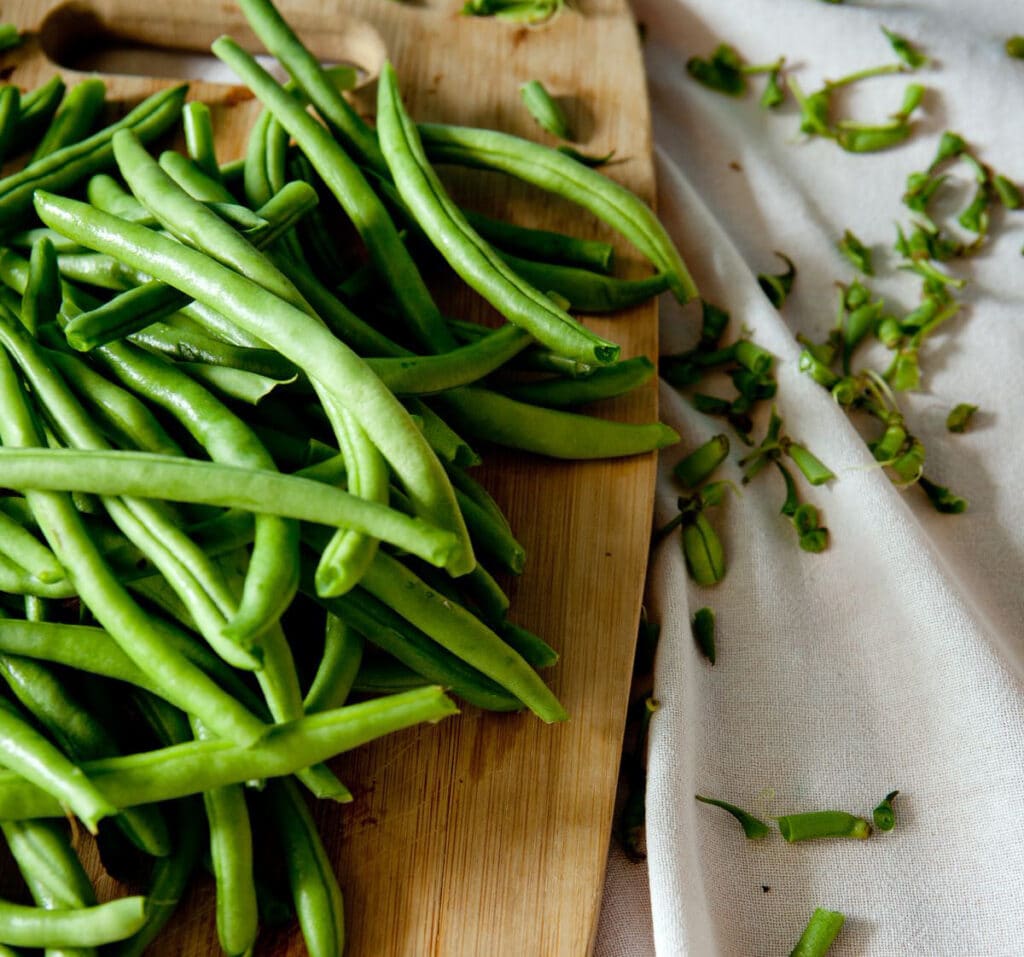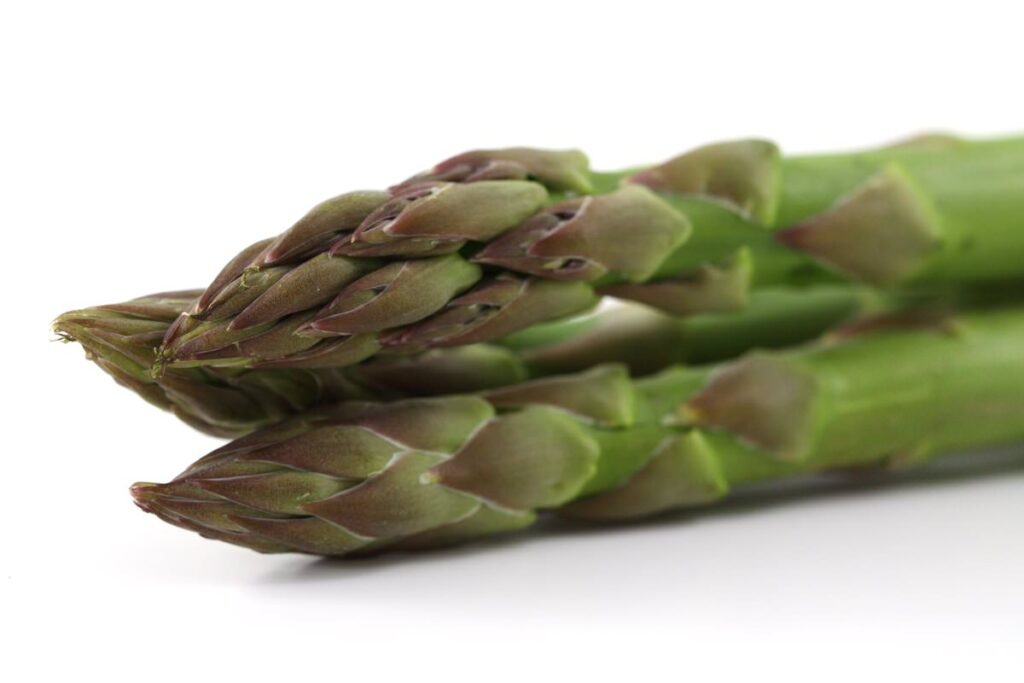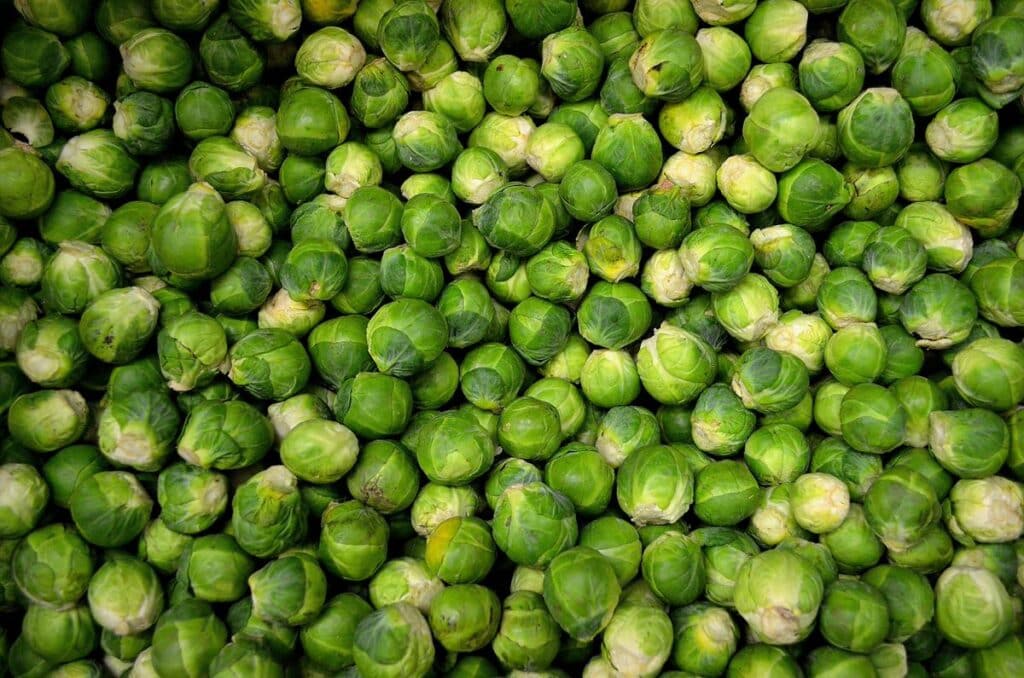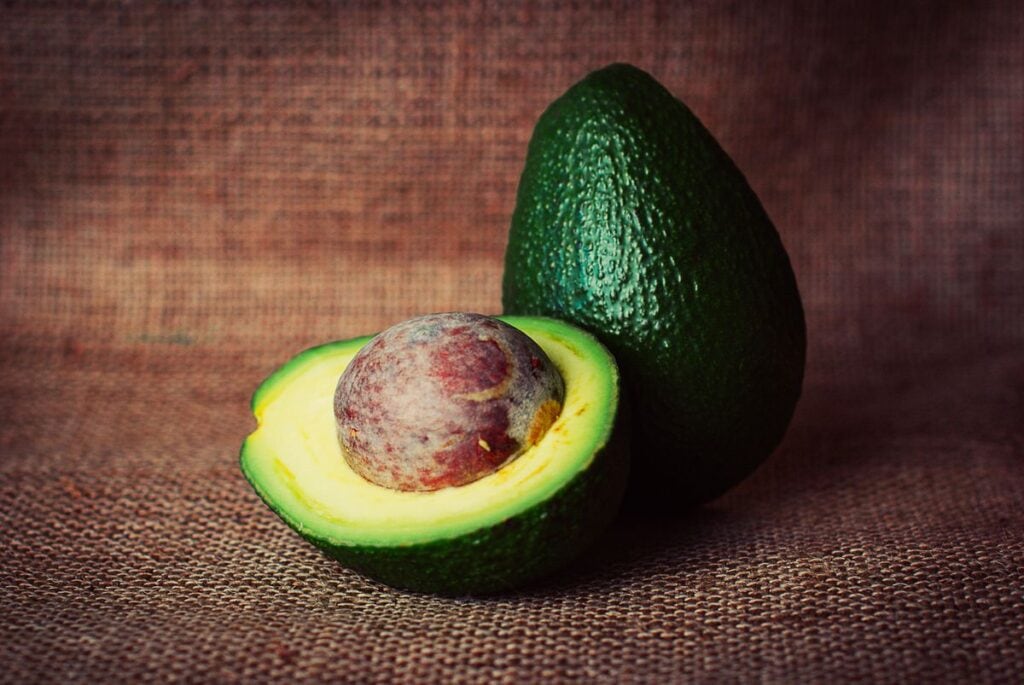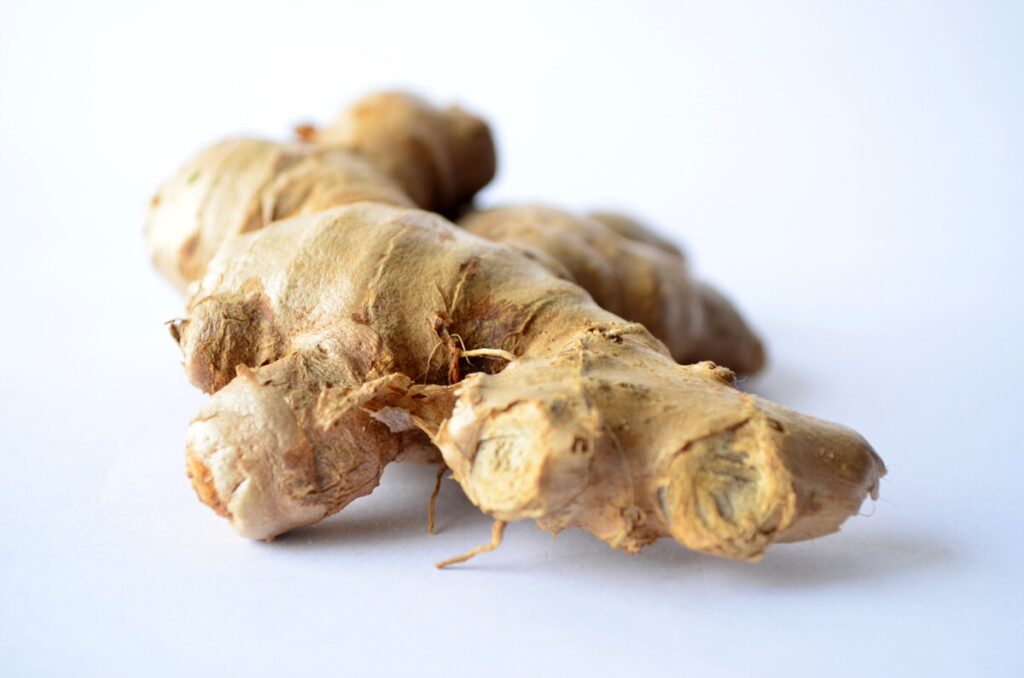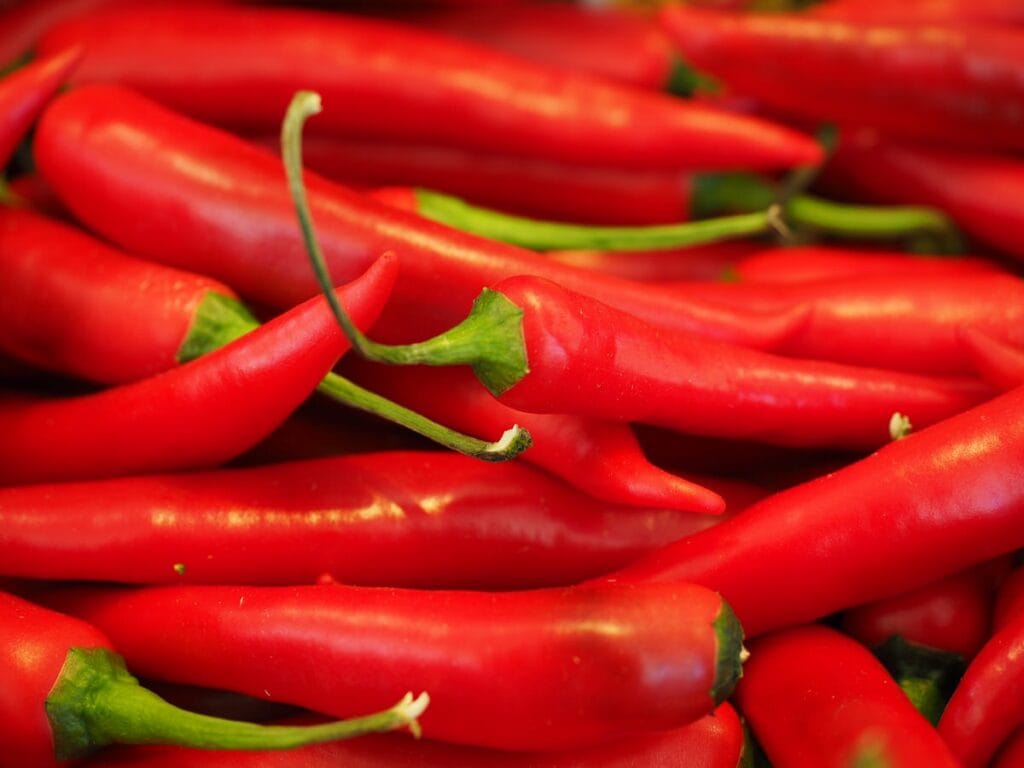1. Opening circle (10 min)
Big circle: How do you feel now, what happened to you during the last week?
2. Working with plants (15 min)
Volunteer participants choose a word card (see Annex 1). They have to act out the activity on the card so that the others can guess what it is.
The facilitator encourages discussions on what kind of gardening or agricultural activities they are familiar with and which of them they can act out.
3. What could it be? (25 min)
Participants work in small groups. Each group gets the pictures in Annex 2 and try to guess what kind of plants are on the pictures.
Participants discuss in a big circle which plants they recognized, whether they have ever tried these and liked them or not.
The groups collect other uses for plants beside eating. If they have smart phones or tablets, they can use those for research. E.g. tomato reduces inflammation, cucumber is used to smooth out wrinkles, onion skins can be used to colour Easter eggs, apple slices help soften biscuits, etc.)
The groups share the information they collected in a big circle.
The groups make up a plant that does not exist in real life, name is, draw a picture of it and write down what it could be used for.
4. Tea tasting (5 min)
The facilitor prepares three different kinds of herbal tea (e.g. mint, chamomille, elderberry). Participants taste the various teas and discuss which is good for what, which one they like, whether they drink it with sugar or honey.
5. Closing circle (5 min)
What are you taking away from this workshop? What was the best/ most difficult?
Which school subject would you connect this workshop to?
Annex 1
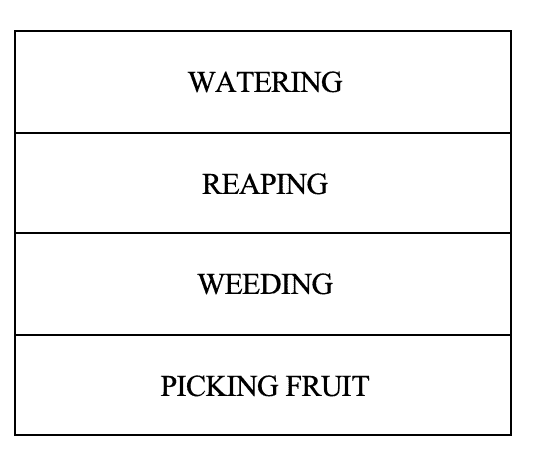
Annex 2

